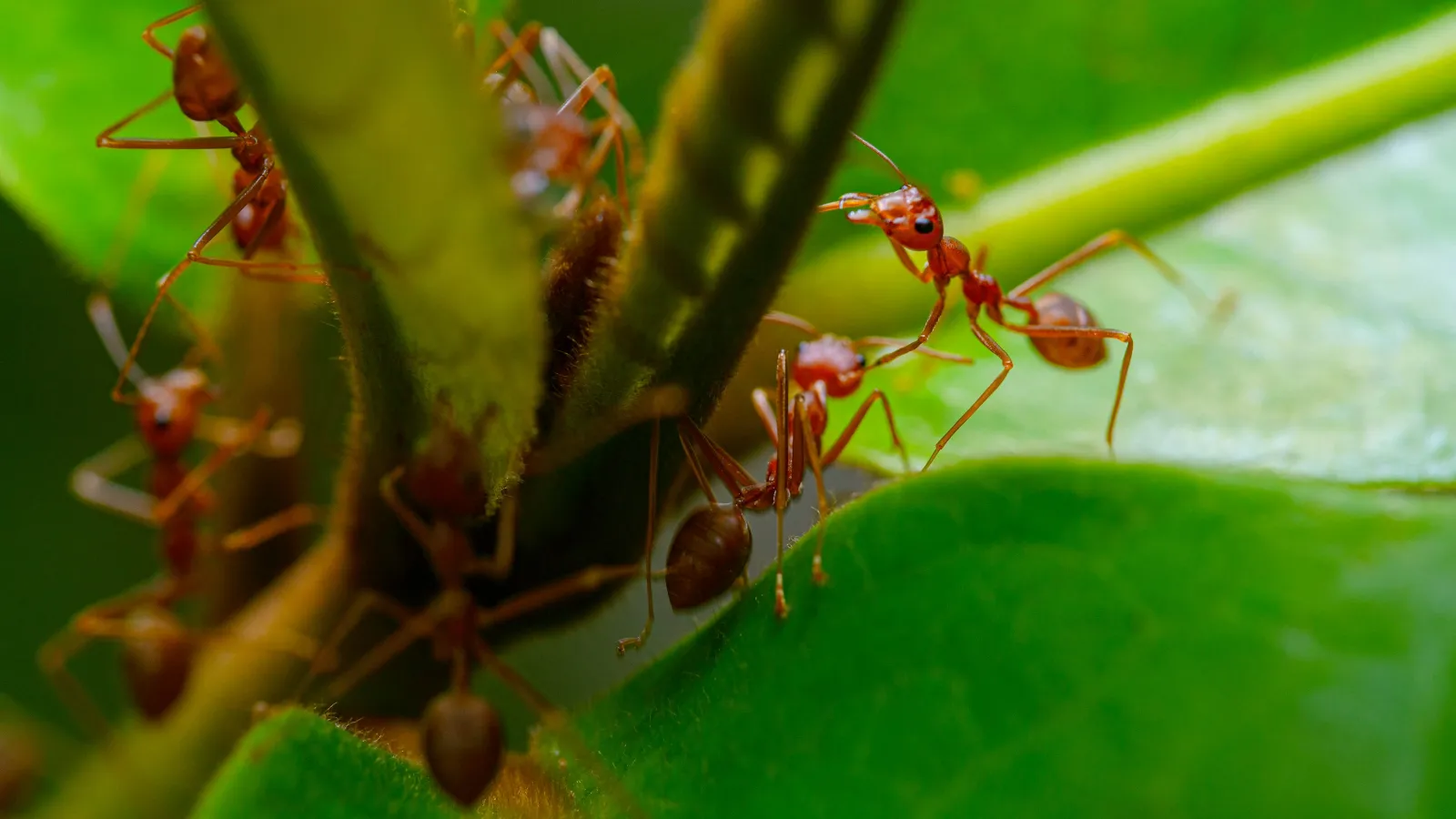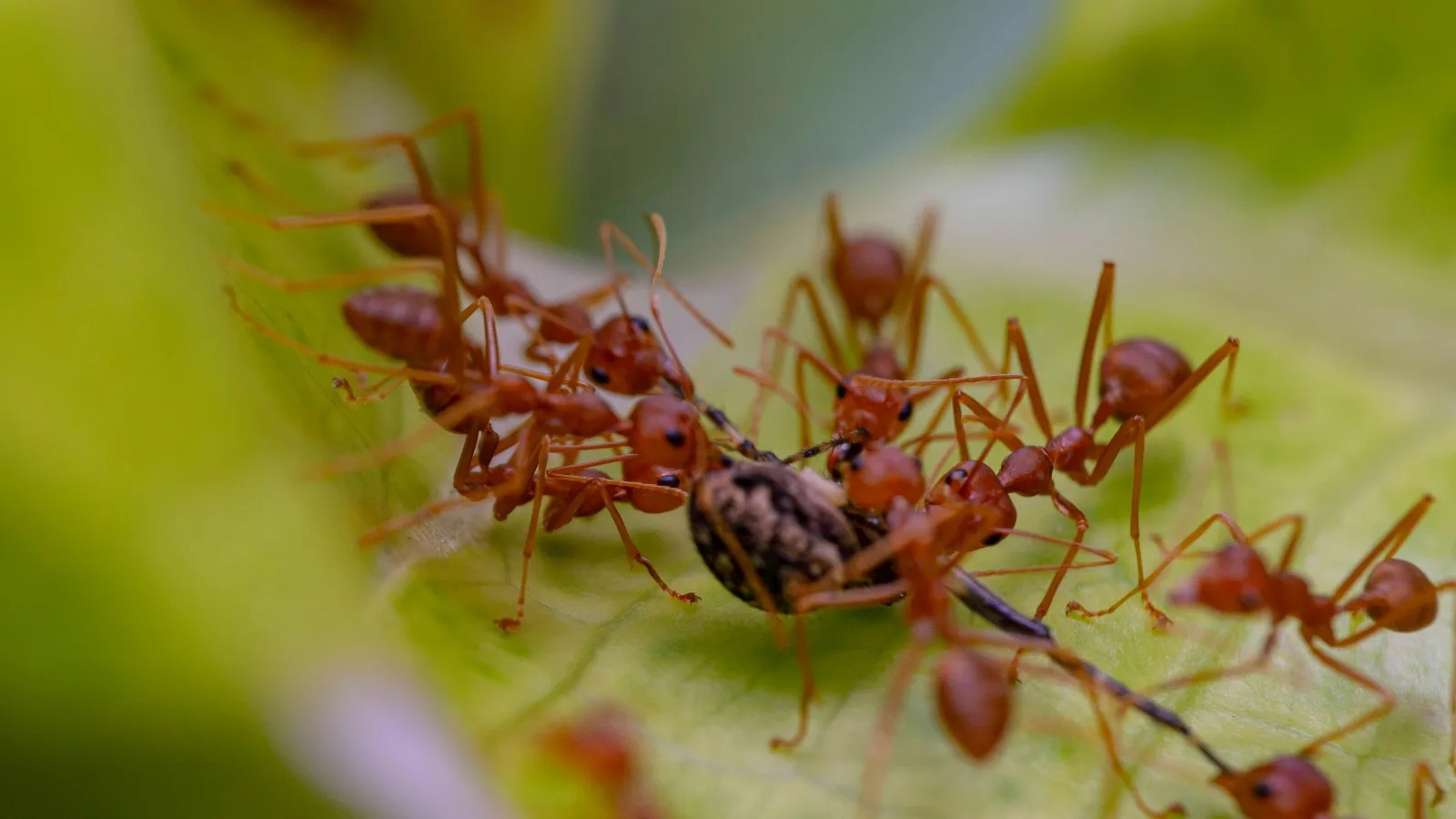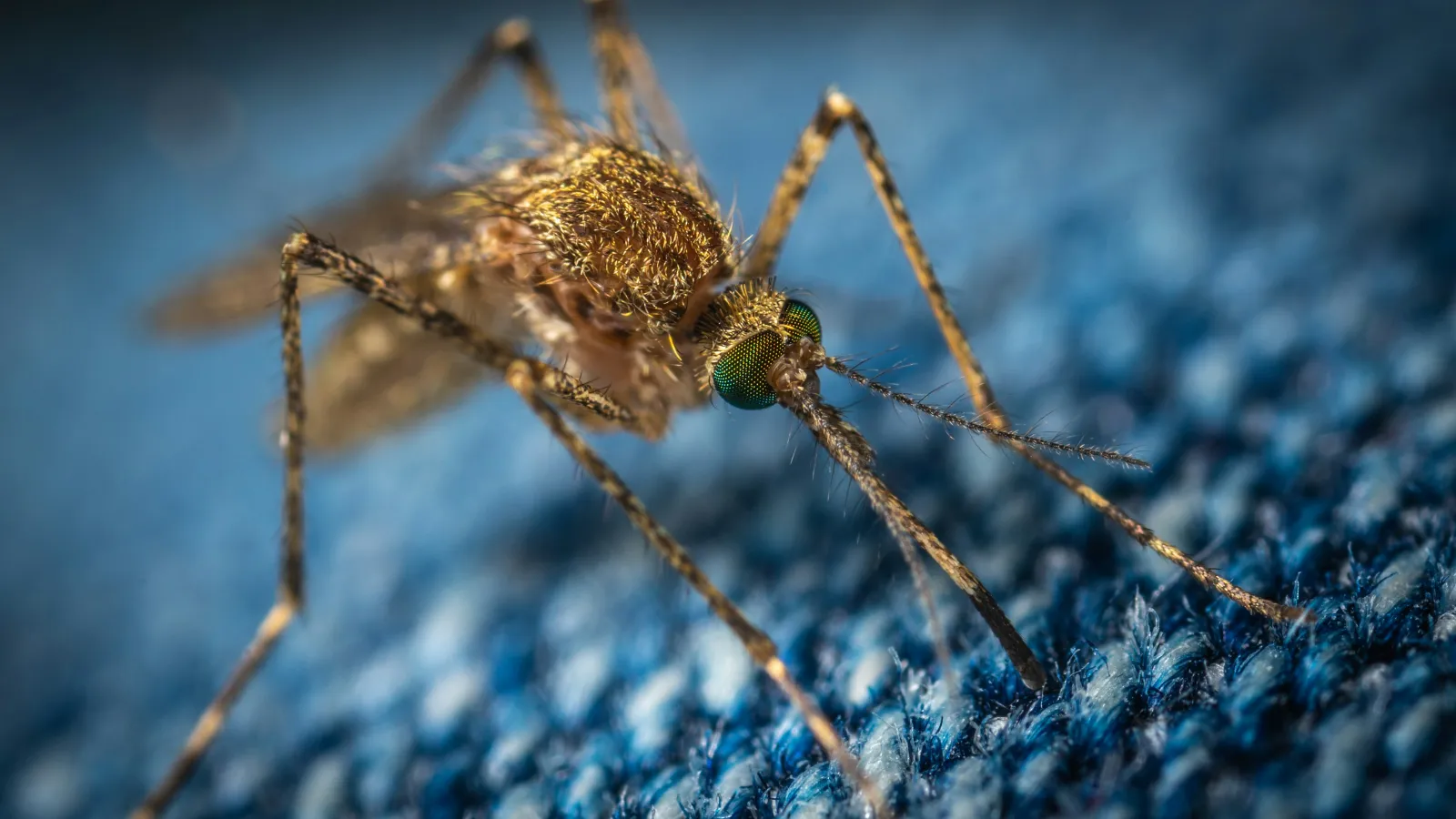
All About Fire Ant Control
Living in the Southeast, we're used to bugs and insects in the spring and summer year-round. It's a way of life for Southerners. Inside and outside the home, ants can create a nuisance for homeowners, families, and pets. There are only two common types of fire ants: red imported and Southern fire ants. Let's learn more about both.
Fire Ants
Two species of imported fire ants were introduced to the U.S. in the early 1900s: the black and red imported fire ants. The Red imported fire ant, Solenopsis invicta, is the most common ant in our area and comes from Brazil. Today, it is common in many southern states, including Alabama, Florida, Georgia, Louisiana, Mississippi, South Carolina, and Tennessee. The Southern fire ant, Solenopsis xyloni, is native and can be found in multiple states in the southeast and as far west as California.
Red Imported Fire Ants
Here's more information on the red imported fire ant.
● Red imported fire ants have become very abundant, with their aggressive behavior, displacing many native ant species.
● They spread or travel through natural movement and with the help of wind, rivers, and streams. They also spread during shipments of nursery stock containing queens and small colonies.
● The ants measure ⅛ to ¼ of an inch long and are usually dark-reddish brown. They appear similar to many of our common house and field ants and are hard to distinguish from the Southern fire ant.
Southern Fire Ants
The Southern fire ant's behavior is similar to the red imported, but its sting is less painful.
● The ants measure ⅛ to ¼ of an inch long and have an amber-colored head and thorax and black abdomen. Golden hairs cover their bodies.
● Southern fire ants feed on insects, sweet foods, grease, seeds, young tree bark, and honeydew.
● They are active in the morning and early evening.
Fire Ant Reproduction
The life cycle of the red imported fire ant is similar to that of other ant species and
consists of four stages:
1. Egg
2. Larva
3. Pupa
4. Adult
When the queen is ready to mate, she finds a suitable site, sheds her wings, and digs underground tunnels where she will lay eggs. The queen can produce about 200 eggs per day. Once laid, the eggs and larvae are cared for by the queen. After the eggs hatch in about ten days, the workers tend for the queen, forage for food, and expand the nest. The queen continues to reproduce, and if the mound is left untreated, it can rapidly grow in size in one year and may contain 10,000 worker ants. If left to mature for up to 3 years, the fire ant nest may house as many as 500,000 workers and multiple queens.
Fire Ant Mounds
The red imported fire ants build their mound into a dome shape. Mounds can reach 12
inches in height. The species of workers are aggressive and will sting anything that
invades their mound.
The Southern fire ant nests in small mounds but are more commonly found under stones, boards, and other objects used as shelter. Their mounds usually comprise about 2 square feet of loose soil. While no fire ants are ideal, southern fire ants are the least invasive of the two types we usually see.
Fire Ant Damage
● Fire ants can chew on soft plant tissue, growing buds, and grass blades. When the plant is damaged, it makes it more susceptible to disease and fungus.
● Their mounds are unsightly on your lawn.
● The sting of a fire ant can cause significant discomfort, such as a burning sensation and itchy welts. They can be treated at home with antihistamines, over-the-counter steroid creams, and cold compresses.
● If in large populations, fire ants can get inside irrigation lines and clog them.
Treatment for Fire Ants in Your Yard
At Turf Masters, we utilize the most environmentally responsible methods to eliminate the entire colony of fire ants. A one-time application of our fire ant treatment ensures a fire-ant-free yard for up to 1 year. GUARANTEED. Reach out now to get started to protect your family, pets, and lawns from fire ants this spring and summer.
Photo credit: UGA & Duke University

